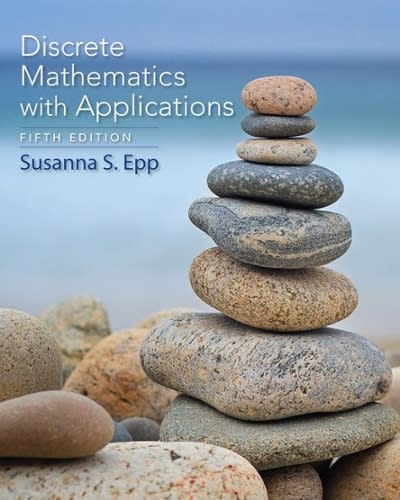


A botanist has developed a new hybrid cotton plant that can withstand insects better than other cotton plants, However, there is some concern about the germination of seeds from the new plant. To estimate the probability that a seed from the new plant will germinate, a random sample of 3000 seeds was planted in warm, moist soil. Of these seeds, 2260 germinated. (a) Use relative frequencies to estimate the probability that a seed will germinate. What is your estimate? (Enter your answer to 3 decimal places.) (b) use relative frequencies to estimate the probability that a seed will not germinate. What is your estimate? (Enter your answer to 3 decimal places.) (e) Either a seed germinates or it does not. What is the sample space in this problem? germinate germinate or not germinate @ not germinate Do the probabilities assigned to the sample space add up to 17 Should they add up to 17 Explain. O Yes, because they cover the entire sample space. Yes, because they do not cover the entire sample space. No, because they cover the entire sample space, O No, because they do not cover the entire sample space. (d) Are the outcomes in the sample space of part (c) equally likely? Yes noA distribution of service times at a waiting line indicates that service takes 12 minutes 30 percent of the time and 14 minutes 70 percent of the time. Prepare the probability distribution, the cumulative probability distribution, and the random number intervals for this problem. The first six random numbers were 99, 29, 27, 75, 89, and 78. What is the average service time for this simulation run?CSC 1351-03, Spring 2018, Lab 7 Name this project Set Create a project named Set that illustrates the use of generic classes and generic methods. Implementing a Generic Set Class DEFINITION 1. Generics is a way of defining classes, interfaces and methods by using type pa- rameters to represent types. A more technical term for generics is parametric polymorphism. A generic method, interface or class is fully specified at run time. In Java, a generic type can only be specialized using an object type. Every primitive type in Java has an associated object type (a wrapper class). DEFINITION 2. A set is a finite or Infinite collection of objects in which order has no significance, and multiplicity is generally also ignored. Members of a set are often referred to as elements and the notation a E A is used to denote that ar is an element of a set A. A set Is usually denoted as a list of elements. For example, {2, 3, 4,5, 6) is a set that contains five elements. In today's lab, you will Implement a generic class, the Set
class. The class will be generic but its methods will not be generic. Some methods will use the formal type parameter of the class. In this lab, we introduce a basic software engineering concept called composition - one object is composed of another. A set is composed of a list. We will use the Java API ArrayList, also a generic class, to Implement the Set class. Basic Set Operations DEFINITION 3. The cardinality of a set is the number of elements that the set contains. For example, the cardinality of A = {2,3, 4, 5, 6}, denoted |A| Is 5. DEFINITION 4. The intersection of two sets A and B is the set of elements common to A and B. This is written An B , and is pronounced "intersection" or "cap." DEFINITION 5. The union of two sets A and B is the set obtained by combining the members of each without allowing multiplicity. This is written A U B, and is pronounced "union" or "cup ." DEFINITION 6. The difference of sets A and B, denoted A - B, is the set of elements belonging to set A but not B.A casualty insurance company has 1000 policyholders, each of whom will independently present a claim in the next month with probability .05. Assuming that the amounts of the claims made are independent exponential random variables with mean $800, use simulation to estimate the probability that the sum of these claims exceeds $50,000













